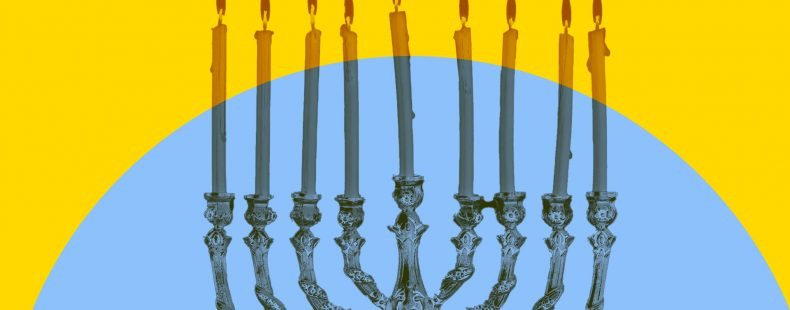February 23, 1998
Coronary Artery Disease in WomenA Historical Perspective
Joan L. Thomas, MD; Patricia A. Braus, MPh
Author Affiliations Article Information
Arch Intern Med. 1998;158(4):333-337. doi:10.1001/archinte.158.4.333
Abstract
Knowledge about the natural history of coronary heart disease in women was limited until recent years. Few studies included women, despite the fact that heart disease is the No. 1 cause of death in women older than 50 years and the cause of about 500000 deaths annually. Over the past decade, knowledge has increased owing to a combination of greater participation of women in medical studies, improved medical technology, and political pressure. While much remains to be learned, researchers have found that coronary artery disease in women typically follows a different course than it does in men. Women’s risk factors also differ from men’s, in part owing to the key protective role played by estrogen. Increasing knowledge about women and heart disease can provide new tools for physicians caring for women at risk of heart disease.
Women’s health issues that did not concern reproduction received little attention and little research funding prior to 1986. This was particularly unfortunate in the area of heart disease, which was long considered to be a greater threat to men than to women. Researchers have found more recently that, while men typically develop heart disease earlier in life than women, women have a worse prognosis than men once they have had a myocardial infarction.1 Women also face a worse prognosis than men following surgical therapy for coronary artery disease (CAD).2,3 In addition, African American women face mortality rates from heart disease that are double those of white women, leaving CAD to be the leading cause of death in African American women aged 30 to 39 years.4 The delay in addressing heart disease in women as a distinct condition resulted in years of treating men and women at risk of heart disease equally, overlooking women’s special needs.
Until a decade ago, men were the model subjects in most funded biomedical studies. The National Institutes of Health (NIH), Bethesda, Md, the major source of research funding in this country, had no policy about the inclusion of women in large trials addressing heart disease, cancer, and stroke.5 It was then assumed that whatever the findings, the results would hold true in women. Since then, it has become apparent that this generalization was incorrect in many situations.6
The Food and Drug Administration (FDA) policy through the early 1990s prohibited women in their childbearing years from participating in phase 1 drug trials, which test the efficacy, safety profiles, and dosages of new drugs.7 Guidelines also limited women in their childbearing years from participating in the more advanced phase 2 trials. Also, the US General Accounting Office found that in the more advanced phase 2 and 3 trials, adequate analysis of the data looking at sex differences of safety and effectiveness occurred only 50% of the time between 1988 and 1991.7 However, once a new drug was approved and on the market, physicians prescribed these drugs to women as well as men, assuming that women and men would require similar dosages, that the efficacy would be similar, and that side effects would be the same.
Guidelines of the FDA not only prevented women in their childbearing years from participating in clinical trials, but also prevented women who were unlikely to become pregnant, such as women using birth control, women who were sexually inactive, or those with partners with vasectomies, from participating.7 In excluding women from these early clinical trials, researchers risked missing sex-related differences in adverse effect profiles and in appropriate dosing of drugs. As a result, phase 3 trials often were not designed to account for these differences.
Women were excluded from drug trials during their childbearing years for 2 reasons. There was concern about birth defects after the well-publicized thalidomide tragedy in the 1950s and 1960s. In addition, there was concern that women who were postmenopausal, who had undergone a hysterectomy, or who were using estrogen replacement therapy would show variations in estrogen and progesterone levels that would affect the efficacy of the trial drugs.7


